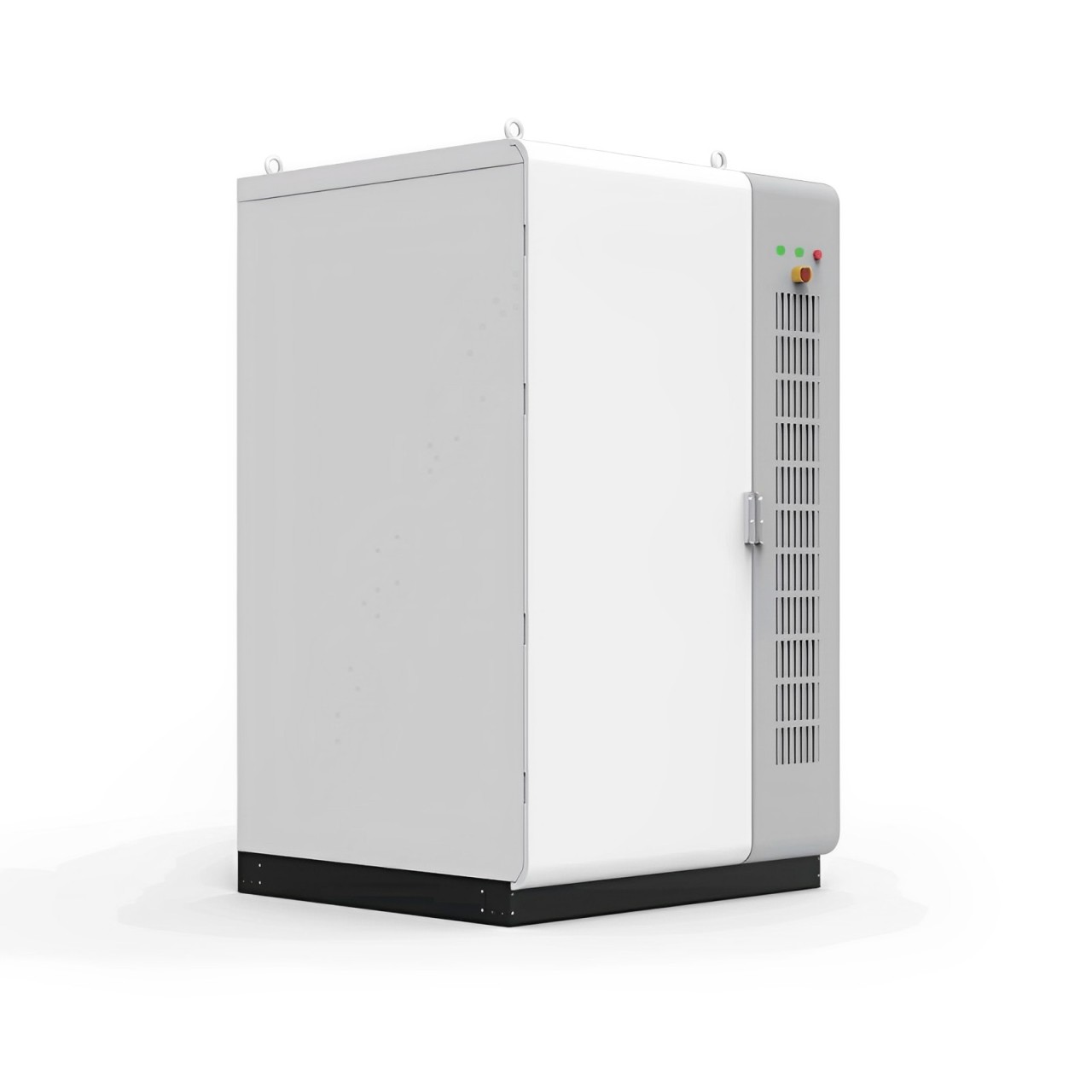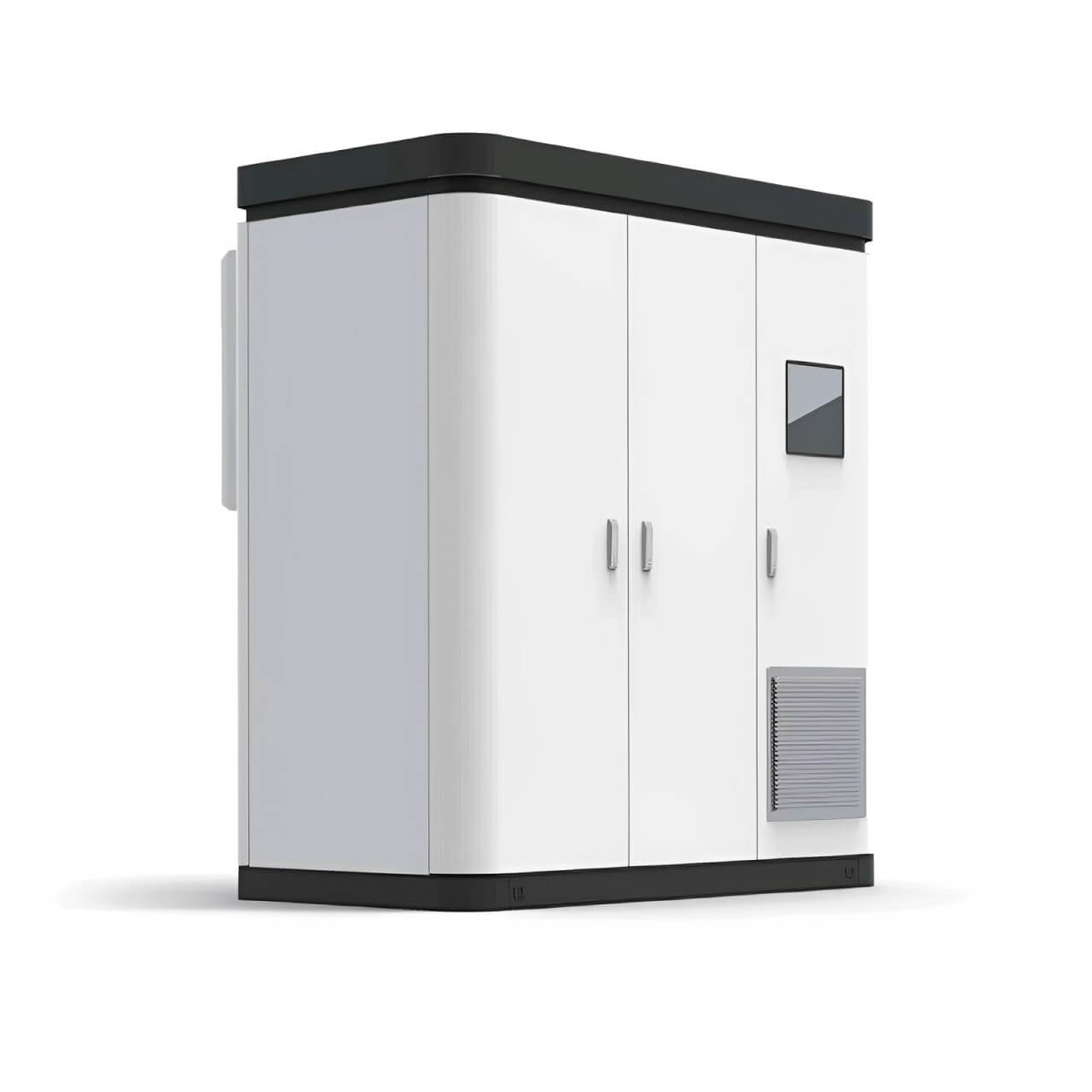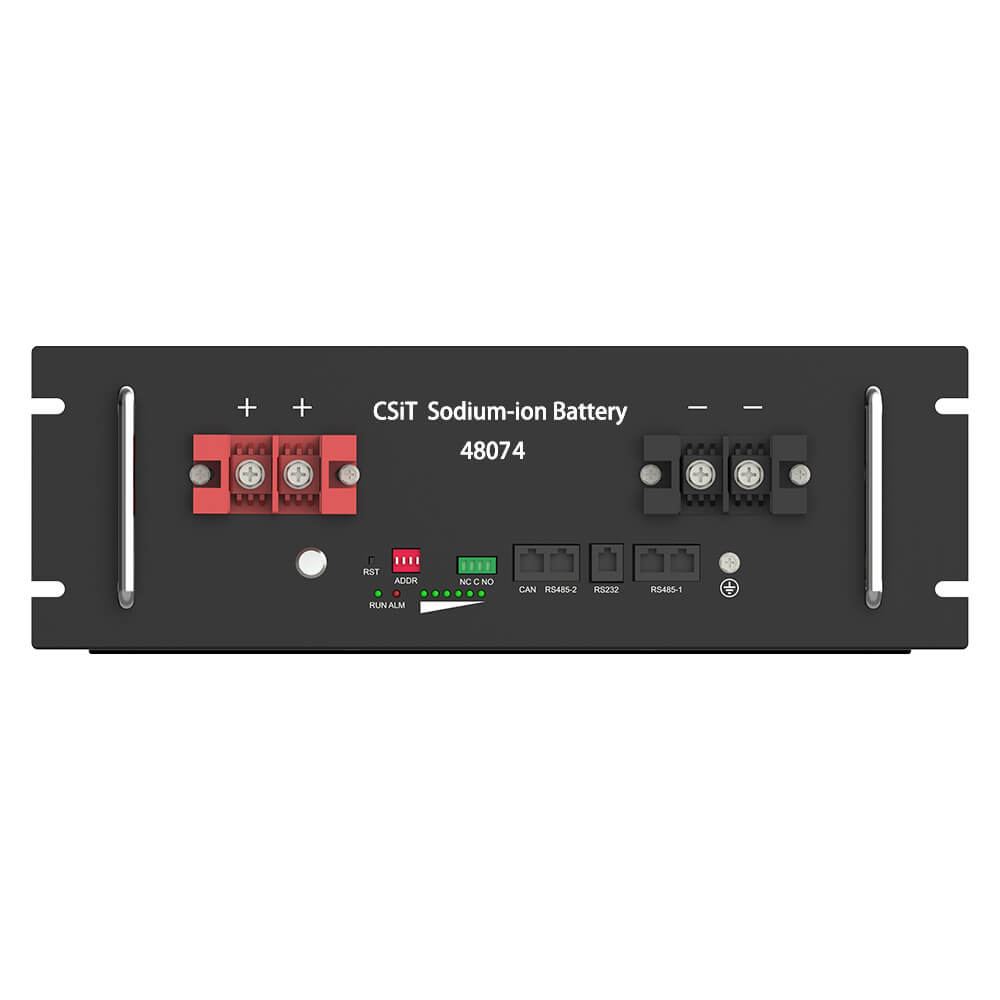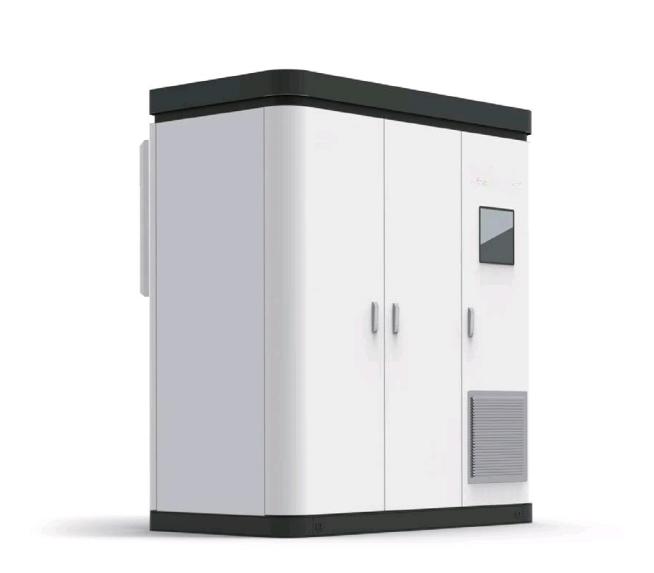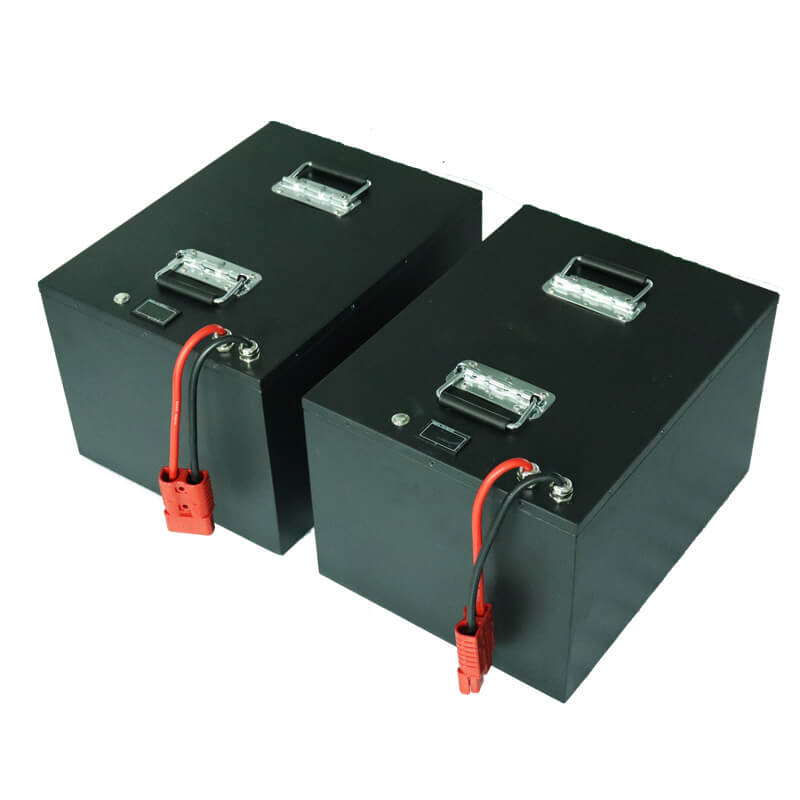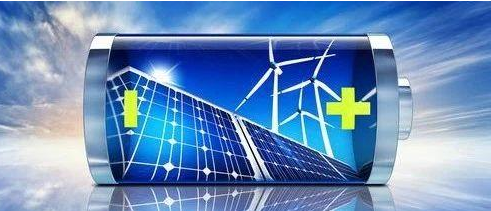Which is the best energy storage system?
The energy storage system is a complex system that covers energy and material input and output, energy conversion, and storage equipment. It involves various forms of energy, equipment, materials, and processes, and exhibits its dynamic characteristics over time. In order to fully describe the performance of the energy storage system, we need to consider multiple indicators. Energy storage technology can be classified according to the storage medium, which can be divided into mechanical energy storage, electrical energy storage, electrochemical energy storage, thermal energy storage, and chemical energy storage. Next, CSIT Electrochemical Energy Storage Manufacturer will explore the classification of energy storage systems and the advantages and disadvantages of various systems.
I Mechanical Energy Storage
The application forms of mechanical energy storage are pumped storage, compressed air energy storage, and flywheel energy storage.
Knowledge point 1: Principle of pumped storage
To put it simply, a pumped storage power station is a conversion between potential energy and electrical energy. During the off-peak period, the power grid uses the unconsumed electricity to pump water from the lower reservoir to the upper reservoir, converting it into water potential energy and storing it. At this time, the pumped storage power station is a user in the power grid; when the power grid reaches its peak, it is converted into a turbine generator mode, and the water from the upper reservoir is released to the lower reservoir to generate electricity, thereby completing the conversion of water potential energy into electrical energy and achieving the purpose of filling the power gap. At this time, the pumped storage power station is a power station in the power grid.
Knowledge point 2: Classification of pumped storage
Based on whether the power station has natural runoff: pure pumped storage power station and hybrid pumped storage power station
(1) Pure pumped storage power station: no or only a small amount of natural water enters the upper reservoir (to supplement evaporation and leakage losses), and the water body as an energy carrier basically maintains a fixed amount, and is only used back and forth between the upper and lower reservoirs within a cycle; all the units installed in the plant are pumped storage units, whose main functions are peak-shaving and valley-filling, and system accident backup, but not conventional power generation and comprehensive utilization.
(2) Hybrid pumped storage power station: The reservoir has natural runoff inflow, and the inflow has reached the point where conventional turbine generator sets can be installed to bear the system load. Therefore, the units installed in the power plant are partly conventional turbine generator sets and partly pumped storage units. Correspondingly, the power generation of this type of power station is also composed of two parts, one part is pumped storage power generation and the other part is natural runoff power generation. Therefore, the functions of this type of hydropower station, in addition to peak-shaving and valley-filling and system accident standby, also include conventional power generation and meeting comprehensive utilization requirements.
According to the reservoir regulation performance: daily regulation, weekly regulation, seasonal regulation pumped storage power station
(1) Daily regulation pumped storage power station: Its operation cycle follows a daily cycle. The energy storage unit withstands peak loads once (in the evening) or twice (in the daytime and at night) every day. After the evening peak, the upper reservoir is emptied and the lower reservoir is filled. Then, the system's excess electricity is used to pump water during the midnight low load period. By the next morning, the upper reservoir is full and the lower reservoir is emptied. Most pure pumped storage power stations are daily design energy storage power stations.
(2) Weekly regulation pumped storage power station: The operation cycle is a weekly cycle. During the five working days of a week, the energy storage unit works like a daily regulation energy storage power station. However, the daily water consumption for power generation is greater than the water storage capacity. At the end of the working day, the upper reservoir is emptied. During the weekends, due to the reduction of system load, the excess electricity is used to store a large amount of water. By Monday morning, the upper reservoir is full. my country's first weekly regulation pumped storage power station is the Xianyou Pumped Storage Power Station in Fujian.
(3) Seasonal regulation pumped storage power station: During the flood season, the seasonal electricity of the hydropower station is used as the pumping energy. The excess water that the hydropower station must discard is pumped to the upper reservoir for storage. The water is released during the dry season to generate electricity to supplement the shortage of natural runoff. In this way, the seasonal electricity that was originally in the flood season is converted into guaranteed electricity in the dry season. Most of these power stations are hybrid pumped storage power stations.
According to the type of pumped storage units installed in the station: four-machine split type, three-machine series type, two-machine reversible type
(1) Four-machine split type: This type of water pump and turbine are equipped with motors and generators respectively, forming two sets of units. It is no longer used.
(2) Three-machine series type: Its water pump, turbine and generator motor are connected to the same shaft through a coupling. The three-machine series type has two layout methods: horizontal axis and vertical axis.
(3) Two-machine reversible type: Its unit consists of a reversible water pump turbine and a generator motor. This structure is the mainstream structure.
According to the layout characteristics, it can be divided into: head type, middle type, and tail type
(1) Head type: the plant is located on the upstream side of the waterway.
(2) Middle type: the plant is located in the middle of the waterway.
(3) Tail type: the plant is located at the end of the waterway.
(1) Features: It is a large-scale, centralized energy storage with mature technology, which can be used for energy management and peak regulation of the power grid;
The efficiency is generally about 65%~75%, and can reach up to 80%~85%;
The load response speed is fast (10% load change takes 10 seconds), from full stop to full load power generation in about 5 minutes, from full stop to full load pumping in about 1 minute;
It has daily regulation capacity and is suitable for cooperating with nuclear power plants, large-scale wind power generation, and ultra-large-scale solar photovoltaic power generation.
(2) Disadvantages: It requires upper and lower pools;
The selection of the site depends on geographical conditions, which has certain difficulties and limitations;
It is a certain distance from the load center and requires long-distance power transmission.
(3) Application
Currently, the proportion of pumped storage units in a country's total installed capacity is about 3% on a world average. As of the end of 2012, the total capacity of energy storage devices in the world was 128GW, of which pumped storage accounted for 127GW, accounting for 99%. As of the end of 2012, there were 34 pumped storage power stations in my country, of which 26 were in operation with an operating capacity of 20.645 million kilowatts, accounting for about 1.8% of the country's total installed capacity of 1.14 billion kilowatts. (Another 8 are under construction with a capacity of 8.94 million kilowatts)
1.2 Flywheel energy storage
(1) Basic principles
Knowledge point 1: Flywheel energy storage principle
The working principle of flywheel energy storage is that under the condition of abundant electricity, the flywheel is driven by electric energy to rotate at high speed, and the electric energy is converted into mechanical energy for storage; when the system needs it, the flywheel decelerates, and the motor operates as a generator to convert the flywheel kinetic energy into electric energy for users. Flywheel energy storage achieves the storage and release of electrical energy through the acceleration and deceleration of the rotor.
Knowledge point 2: Flywheel energy storage structure
The basic structure of the flywheel energy storage system includes the following five components:
Flywheel wheel: Generally composed of high-strength composite fiber material, it is wound on the metal wheel that is integrated with the motor rotor through a certain winding method.
Bearing: The flywheel is supported by permanent magnetic bearings, electromagnetic bearings, superconducting suspension bearings or other low-friction and power-consuming bearings, and mechanical protection bearings are used.
Electric generator: Generally a DC permanent magnet brushless synchronous electric generator reciprocal bidirectional motor.
Power converter: It is a key component that converts input electrical energy into DC power to supply the motor, and outputs electrical energy for frequency modulation and rectification to supply the load.
Vacuum chamber: In order to reduce wind loss and prevent safety accidents of high-speed rotating flywheels, the flywheel system is placed in a high vacuum sealed protective sleeve.
(2) Advantages
Long life (15-30 years);
High efficiency (90%);
Low maintenance, good stability;
Higher power density;
Fast response speed (milliseconds).
(3) Disadvantages
Low energy density, can only last for a few seconds to a few minutes;
Due to bearing wear and air resistance, it has a certain degree of self-discharge.
(4) Applications
Flywheel energy storage is mostly used in industry and UPS, suitable for distribution system operation for frequency regulation, and can be used as a UPS without battery. When the power supply fails, it quickly transfers power to maintain short-term frequency stability of the small system to ensure power quality (power outage, voltage fluctuation, etc.).
It has just begun to be installed and used in distribution systems in my country. The Power Electronics Research Institute of the Institute of Electrical Engineering installed a 250kVA flywheel energy storage system with magnetic suspension bearings for Beijing 306 Hospital. It can run for 15 seconds and was put into operation in 2008.
1.3 Compressed air energy storage
(1) Basic principles
Compressed air energy storage uses air as an energy carrier. Large-scale compressed air energy storage uses excess electricity to compress air and store it in an underground structure (such as an underground cave). When needed, the compressed air is mixed with natural gas, burned and expanded to drive the gas turbine to generate electricity.
(2) Advantages
It has a peak-shaving function and is suitable for large-scale wind farms, because the mechanical work generated by wind energy can directly drive the compressor to rotate, reducing the intermediate conversion to electricity, thereby improving efficiency.
(3) Disadvantages
It requires a large cave to store compressed air, which is closely related to geographical conditions and has very limited suitable locations;
It requires gas turbines and a certain amount of gas as fuel, which is suitable for energy management, load leveling and peak shaving;
Previously, a non-adiabatic compressed air energy storage technology was developed. The heat released when the air is compressed is not stored, but dissipated through cooling, and the compressed air needs to be reheated before entering the turbine. Therefore, the efficiency of the whole process is low, usually less than 50%.
2. Electrical energy storage
The application forms of electrical energy storage include supercapacitor energy storage and superconducting energy storage.
2.1 Supercapacitor energy storage
(1) Basic principle
Developed according to the electrochemical double layer theory, it is also called double layer capacitor. The distance between the two charge layers is very small (generally less than 0.5 mm). The special electrode structure is used to increase the electrode surface area by ten thousand times, thus generating a huge capacitance.
(2) Advantages
Long life and many cycles;
Fast charging and discharging time and fast response speed;
High efficiency;
Low maintenance and no rotating parts;
Wide operating temperature range and environmental friendliness.
(3) Disadvantages
The dielectric withstand voltage of supercapacitors is very low. The capacitors made generally withstand voltage of only a few volts. The energy storage level is limited by the withstand voltage, so the stored energy is not large;
Low energy density;
High investment cost;
There is a certain self-discharge rate.
(4) Application
Supercapacitor energy storage has a history of more than 50 years. In the past two decades, the technology has advanced rapidly, which has greatly increased its capacitance compared with traditional capacitors, reaching the order of thousands of farads, and its specific power density can reach ten times that of traditional capacitors. Supercapacitor energy storage stores electrical energy directly in the electric field, without energy form conversion, and has a fast charging and discharging time, which is suitable for improving power quality. Due to its low energy density, it is suitable for use in conjunction with other energy storage methods.
2.2 Superconducting energy storage
(1) Basic principle
The superconducting energy storage system consists of a coil made of superconducting material, placed in a cryogenic vessel (Dewar), a power conditioning system (PCS) and a cryogenic refrigeration system. Energy is stored in the magnetic field in the form of a DC current circulating in the superconducting coil.
(2) Advantages
Since the electric energy is directly stored in the magnetic field without energy form conversion, the energy charging and discharging is very fast (several milliseconds to tens of milliseconds), and the power density is very high;
The extremely fast response speed can improve the power quality of the distribution network.
(3) Disadvantages
Superconducting materials are expensive;
Maintaining low-temperature refrigeration requires a lot of energy;
Low energy density (can only be maintained for seconds);
Although commercial low-temperature and high-temperature superconducting energy storage products are available, they are rarely used in power grids due to their high prices and complex maintenance. Most of them are experimental.
(4) Applications
Superconducting energy storage is suitable for improving power quality, increasing system damping, and improving system stability, especially for suppressing low-frequency power oscillations. However, due to its high price and complex maintenance, although commercial low-temperature and high-temperature superconducting energy storage products are available, they are rarely used in power grids. Most of them are experimental. The application of SMES in power systems depends on the development of superconducting technology (especially the development of materials, low cost, refrigeration, power electronics and other aspects).
Three electrochemical energy storage
Electrochemical energy storage mainly includes various secondary batteries, including lead-acid batteries, lithium-ion batteries, sodium-sulfur batteries and flow batteries. Most of these batteries are relatively mature in technology and have become the focus of attention in recent years. They have also been widely used in practice. Here we focus on lithium batteries:
3.1 Lead-acid batteries
(1) Basic principles
Lead-acid batteries are one of the most widely used batteries in the world. When the anode (PbO2) and cathode (Pb) in the lead-acid battery are immersed in the electrolyte (dilute sulfuric acid), a 2V potential will be generated between the two electrodes. This is the principle of lead-acid batteries.
(2) Advantages
The technology is very mature, the structure is simple, the price is low, and the maintenance is convenient;
The cycle life can reach about 1,000 times;
The efficiency can reach 80% to 90%, which is cost-effective.
(3) Disadvantages
The available capacity decreases during deep, fast, and high-power discharge;
The energy density is low and the life is short.
(4) Application
Lead-acid batteries are often used as emergency power or backup power for power systems. In the past, most independent photovoltaic power generation systems were equipped with such batteries. At present, there is a trend of being gradually replaced by other batteries (such as lithium-ion batteries).
3.2 Lithium-ion batteries
(1) Basic principles
Lithium-ion batteries are actually lithium-ion concentration difference batteries. The positive and negative electrodes are composed of two different lithium-ion embedded compounds. During charging, Li+ is deintercalated from the positive electrode and embedded in the negative electrode through the electrolyte. At this time, the negative electrode is in a lithium-rich state and the positive electrode is in a lithium-poor state. During discharge, the opposite is true. Li+ is deintercalated from the negative electrode and embedded in the positive electrode through the electrolyte. The positive electrode is in a lithium-rich state and the negative electrode is in a lithium-poor state.
(2) Advantages
The efficiency of lithium-ion batteries can reach more than 95%;
The discharge time can reach several hours;
The number of cycles can reach 5,000 times or more, and the response is fast;
Lithium-ion batteries are practical batteries with the highest specific energy among batteries, and a variety of materials can be used for their positive and negative electrodes (lithium cobalt oxide lithium-ion batteries, lithium manganese oxide lithium-ion batteries, lithium iron phosphate lithium-ion batteries, lithium titanate lithium-ion batteries, etc.).
(3) Disadvantages
The price of lithium-ion batteries is still high;
Sometimes overcharging may cause safety problems such as heating and burning, which has certain risks, so it needs to be solved through overcharging protection.
(4) Application
Due to the application of lithium-ion batteries in portable and mobile devices such as electric vehicles, computers, and mobile phones, it has become almost the most widely used battery in the world. The energy density and power density of lithium-ion batteries are both high, which is the main reason why they can be widely used and paid attention to. Its technology is developing rapidly. In recent years, large-scale production and multi-occasion applications have caused its price to drop rapidly, and its application in power systems has also increased. Lithium-ion battery technology is still under continuous development. Current research focuses on further improving its service life and safety, reducing costs, and developing new positive and negative electrode materials.
Four Thermal Energy Storage
(1) Basic Principles
In a thermal energy storage system, thermal energy is stored in a medium in an insulated container and can be converted back to electrical energy when needed later, or it can be used directly without being converted back to electrical energy.
There are many different technologies for thermal energy storage, which can be further divided into sensible heat storage and latent heat storage. In the sensible heat storage method, the medium used for heat storage can be liquid water. The hot water can be used directly or for room heating. The temperature of the hot water changes during operation. Latent heat storage is accomplished through phase change materials (PCMs), which are the medium for storing thermal energy.
(2) Disadvantages
N Thermal energy storage requires various high-temperature chemical heat media, and its application occasions are relatively limited.
(3) Applications
Since thermal energy storage can store a large amount of heat, it will play a certain role in the utilization of renewable energy power generation. Molten salt is often used as a phase change material in solar thermal power plants. In addition, there are many other types of thermal storage technologies under development, which have many different functions.
Our company is a professional lithium-ion battery supplier. We can provide you with various types of lithium batteries, as well as super fast charging lithium-ion batteries, according to your needs.

 简体中文
简体中文 Russian
Russian French
French German
German Japanese
Japanese Korean
Korean Arabic
Arabic Spanish
Spanish